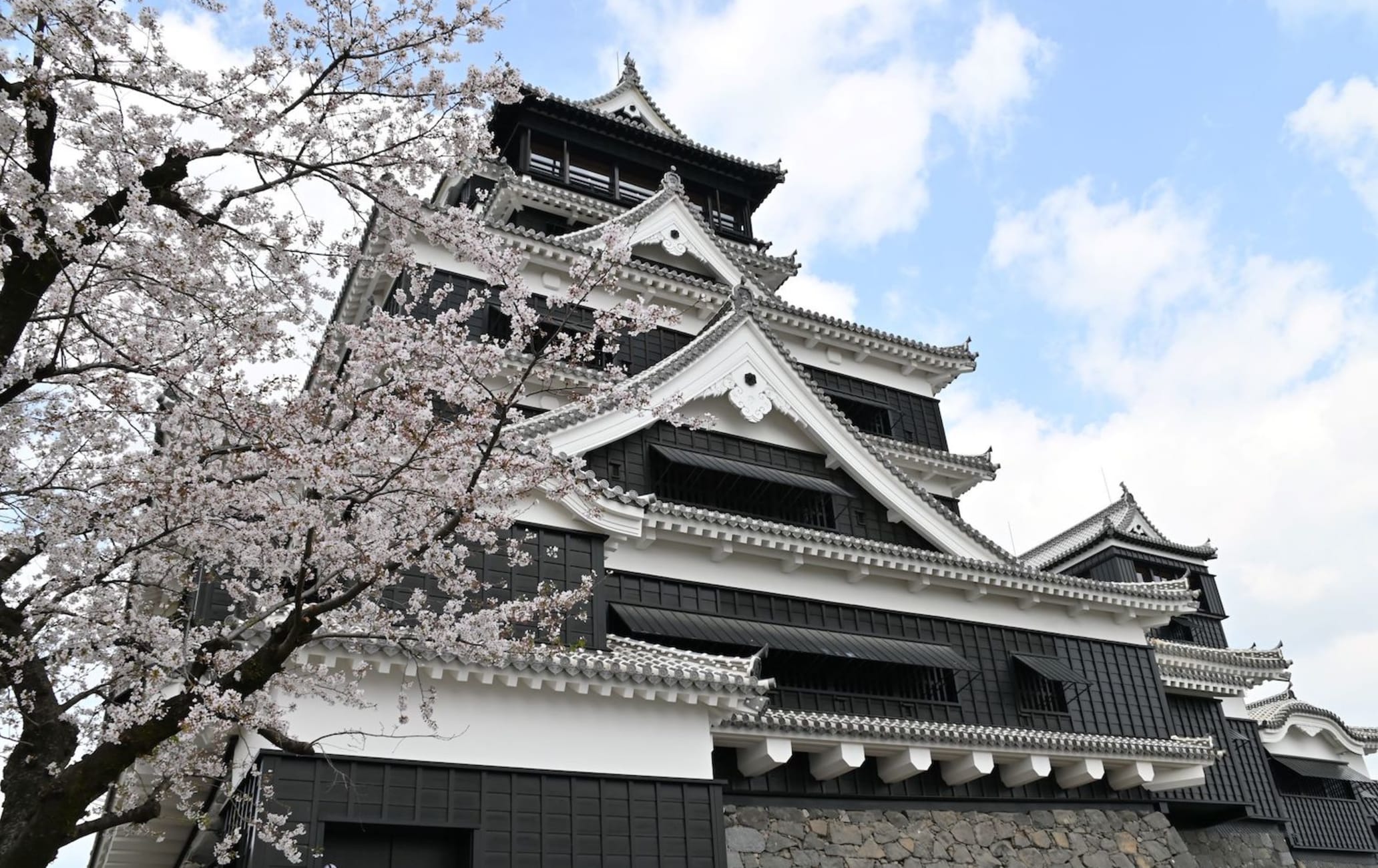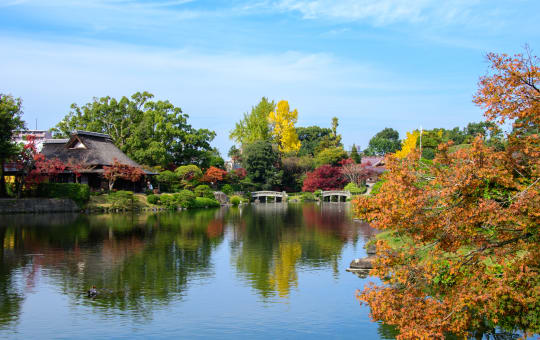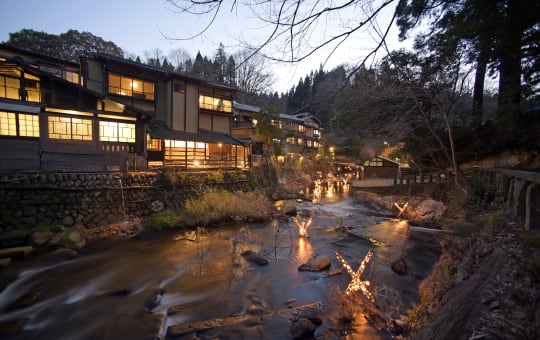©Kumamoto Castle General Office
The castle where Japan crushed its last great rebellion also boasts a daimyo's palace
Despite the damage it suffered in the 2016 earthquakes, Kumamoto Castle remains the top tourist attraction in the city and welcomes many visitors every year. With its imposing black exterior and steep ramparts, the castle was particularly difficult to break into and was designed specifically to discourage enemies from attacking.
Don't Miss
- The festivals at the castle
- Cherry blossom viewing around the castle grounds during spring
How to Get There
Kumamoto Castle is located conveniently in the center of Kumamoto City .
For this reason, you can walk or take a tram to the castle depending on where you are. There is a 170-yen tram ride from JR Kumamoto Station available that will get you to the castle in about 17 minutes; get off at Kumamotojo-mae tram stop. You can also take a scenic walk from Kumamoto Station to the castle in about 30 to 45 minutes.

©Kumamoto Castle General Office
Ancient roots
In 1467, the Ideta clan laid the first foundations of the castle, which changed hands regularly up until 1632, when the Hosokawa clan took charge–less than 30 years after the actual castle had been completed. The Hosokawa reign lasted more than 200 years and spanned eleven generations. In 1871, the feudal system was abolished in Japan, and the castle was subsequently given to the Japanese government and has been in government hands ever since.
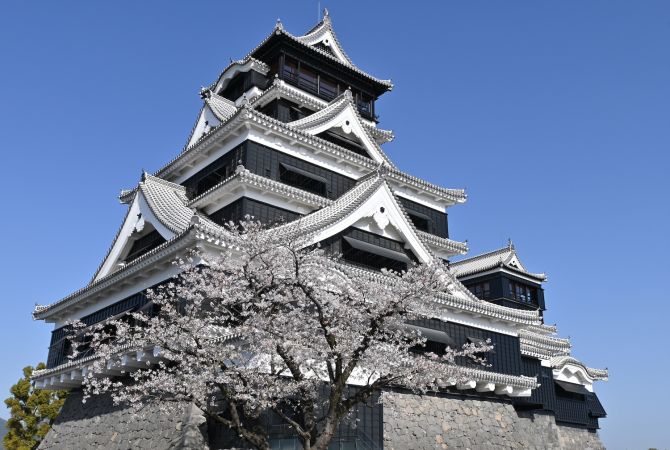

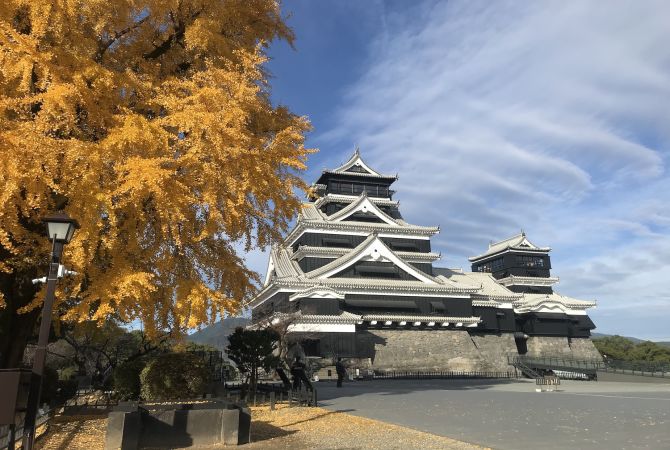
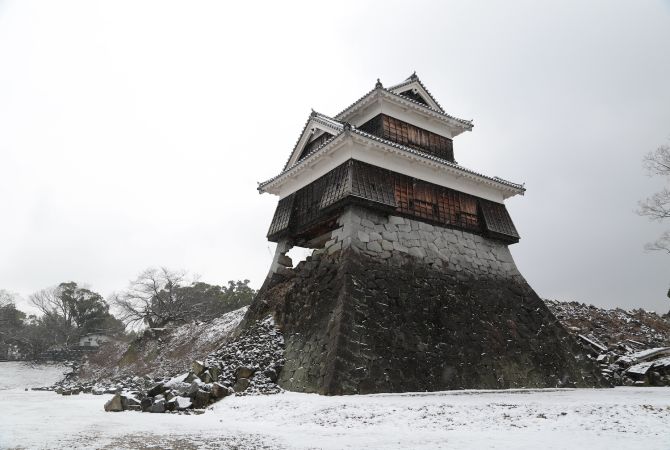
©Kumamoto Castle General Office
Rise and fall
Each ruler of the castle left their own mark on it with alterations and improvements being made many times over the years. The castle was heavily damaged during the Satsuma Rebellion of 1877, and significant reconstructions took place in 1960. A decade's worth of restorations finished in 2008, but an even bigger project is now underway, repairing the damage from the 2016 Kumamoto Earthquake.

©Kumamoto Castle General Office
Down, but not out
The castle was one of the worst hit public buildings during the 2016 earthquake disaster. Almost a third of the castle walls were damaged, with 10 percent of them collapsing completely, throwing huge boulders down onto surrounding roads and grassy banks.
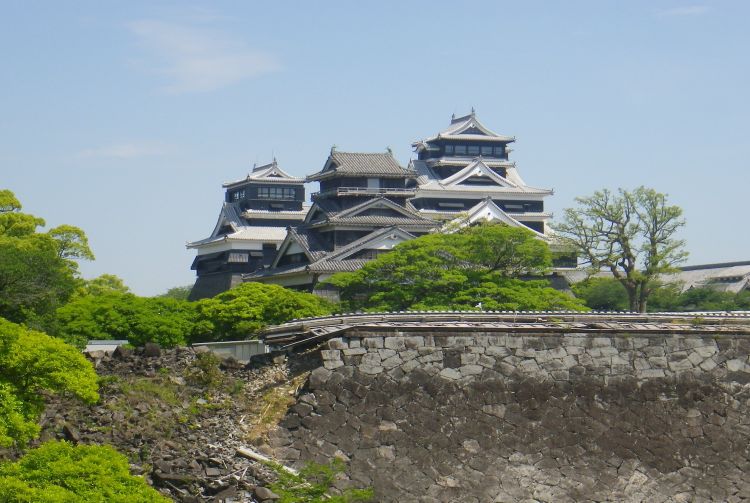
Piece of the puzzle
The restoration is estimated to take twenty years to complete. Each of the boulders of the castle walls is to be painstakingly arranged back into the correct order so the castle can be rebuilt exactly as it originally stood using traditional building methods. Like an intricate puzzle, the castle will be slowly slotted back together. Until then, limited parts of the castle are open to the public.
A popular attraction
Despite the damage, the castle still draws many visitors who crowd around the perimeter to see the building. Certain parts of the castle have been opened for special events, but it will still be many years until the majority of the grounds are open to the public again.

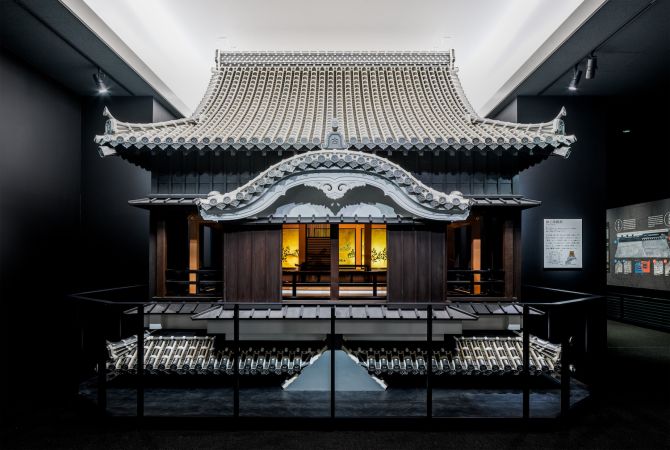
©Kumamoto Castle General Office
Castle events
The castle is known as the symbol of the city, and for this reason, there have been many fund-raising efforts to get the castle up and running again. Many events involving the castle are still being held. The Kumamoto Castle Autumn Festival and Spring Festival are held there, with many popular activities such as taiko drumming performances held next to the castle.





















































